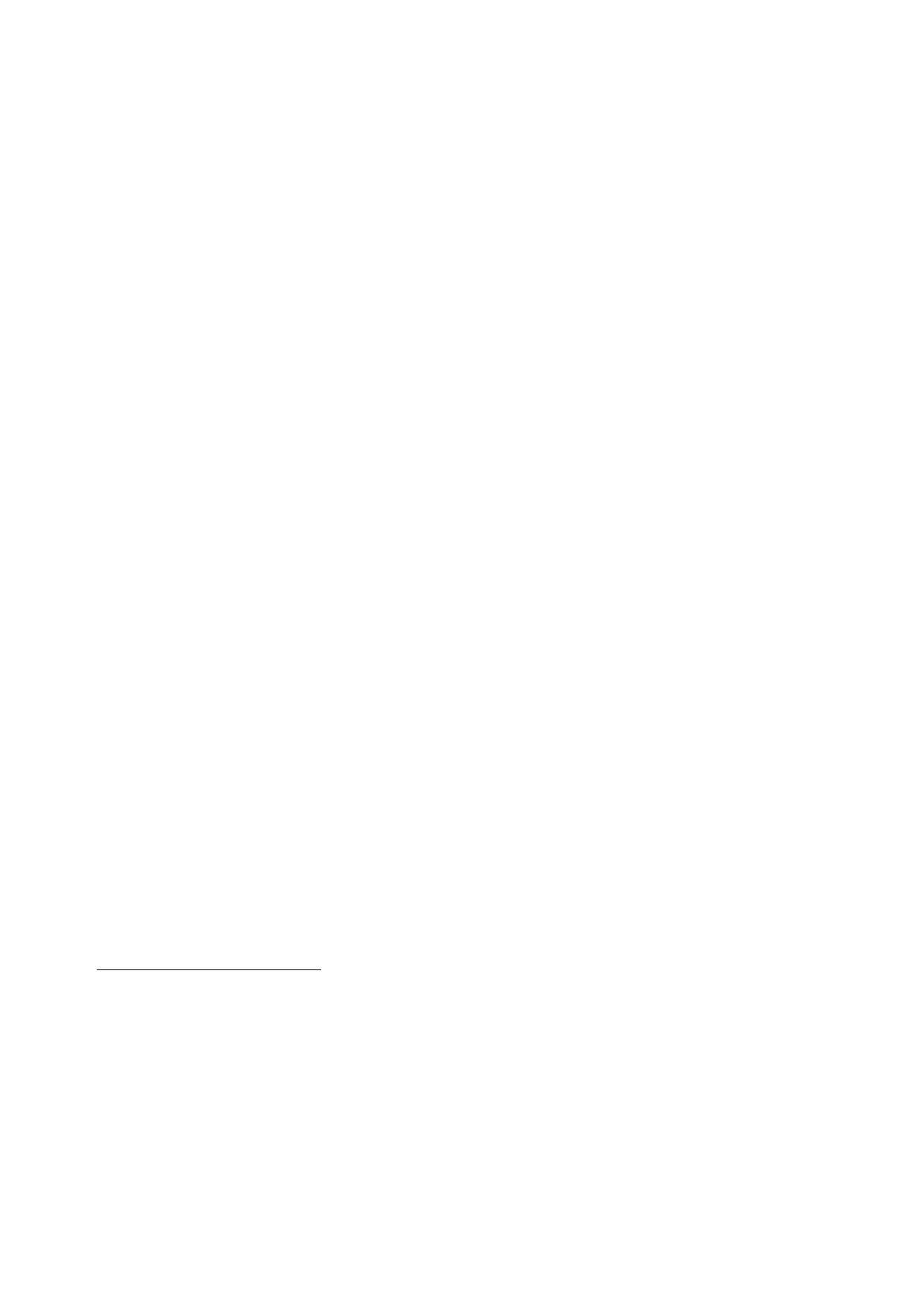
The Report
of the Iraq Inquiry
388.
Mr Butler
sent a separate letter on 5 November, informing the President
of the
Security
Council that, in response to a request from the UN
Secretary-General, he had
decided to
postpone the U-2 flights on 5 and 7 November while
Mr Annan’s Personal
Envoys were
delivering a message to Iraq; but that the flights would resume
the
389.
On
6 November, Iraq informed the President of the Security
Council that it had
requested
US personnel not to enter a site, but UNSCOM had instructed the
team
to
withdraw.155
The letter
added that, as a precaution against the possibility of
US
attacks,
Iraq had moved equipment but the items would be returned for
inspection
and authentication
and it would not be used for proscribed activities.
390.
The letter
concluded by stating that Iraq was “honouring our obligations
under
the monitoring
plan” in resolution 715.
391.
On
7 November, Mr Butler reported further incidents on
6 November and also drew
attention
to a further Iraqi request for cancellations of U-2 flights and to
concerns about
the
visibility or absence of equipment being monitored by UNSCOM
cameras.156
392.
On
10 November, Mr Mohammed Said Al-Sahaf, the Iraqi
Minister for Foreign
Affairs,
wrote to Mr Annan reporting that a “United States U-2 spy
plane together with
several
formations of United States warplanes fitted with all kinds of
weapons and
espionage
equipment” had “violated” Iraq’s airspace and sovereignty that
morning.
As a
result it was “no longer to be considered, even nominally or
formally, as one of
the means
used by the United Nations to conduct so-called inspections”. Iraq
would
act against
US aircraft to safeguard its sovereignty and
security.157
393.
In a briefing
for members of the Council on 10 November, Mr Annan
stated that,
“Had Iraq
agreed to return to full compliance”, he would have had “no
hesitation” in
recommending
that Iraq should be “granted a hearing”.158
394.
Despite
diplomatic efforts by a number of Member States and Mr Annan,
Iraq
refused to
rescind its decision of 29 October.
395.
Significant
differences in position remained within the Council,
particularly
in relation
to any potential use of force.
154
UN Security
Council, 5 November 1997, ‘Letter dated 5 November 1997
from the Executive Chairman
of the
Special Commission established by the Secretary-General pursuant to
paragraph 9 (b) (i) of
Security
Council resolution 687 (1991) addressed to the President of the
Security Council’ (S/1997/848).
155
UN Security
Council, 6 November 1997, ‘Letter dated 6 November 1997
from the Minister for Foreign
Affairs of
Iraq addressed to the President of the Security Council’
(S/1997/855).
156
UN Security
Council, 7 November 1997, ‘Letter dated 7 November 1997
from the Executive Chairman
of the
Special Commission established by the Secretary-General pursuant to
paragraph 9 (b) (i) of
Security
Council resolution 687 (1991) addressed to the President of the
Security Council’ (S/1997/864).
157
UN Security
Council, 10 November 1997, ‘Letter dated 10 November 1997
from the Minister for Foreign
Affairs of
Iraq addressed to the Secretary-General’ (S/1997/867).
158
UN Security
Council, ‘3831st Meeting Wednesday 12 November 1997’
(S/PV.3831).
94
